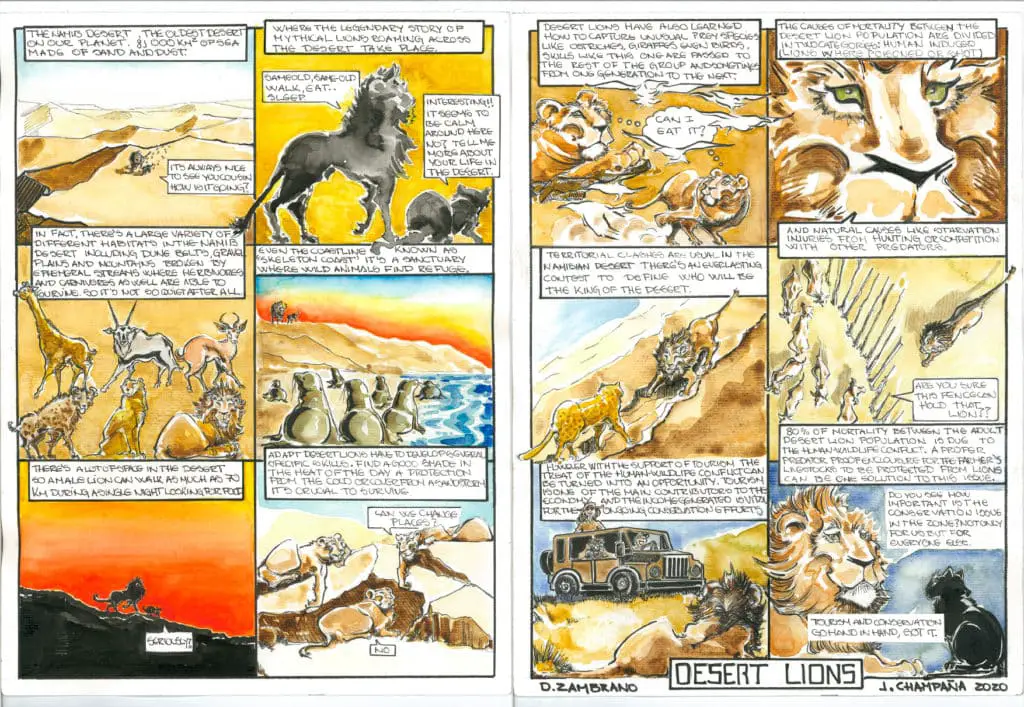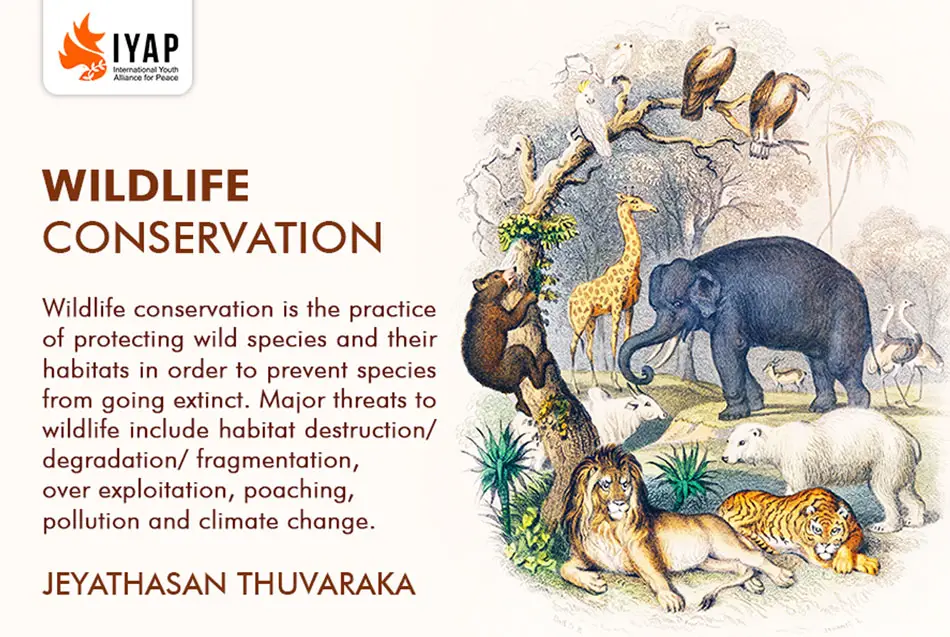ChatGPT in Wildlife Conservation: Educating and Raising Awareness

ChatGPT, a cutting-edge language model, has vast potential in the realm of wildlife conservation. Its capabilities extend beyond information dissemination to include advanced applications that can empower conservation efforts.

Educational Resource: ChatGPT can serve as an accessible and comprehensive educational tool for learners of all ages. It can provide accurate and up-to-date information on various wildlife species, their habitats, and conservation challenges. By engaging students in interactive conversations, ChatGPT can foster a deeper understanding and appreciation for the natural world, instilling a sense of stewardship in future generations.

Awareness Campaigns: ChatGPT’s ability to generate persuasive and informative content makes it an invaluable asset in raising public awareness about wildlife conservation issues. It can be leveraged to craft social media posts, blog articles, and educational materials that raise awareness about endangered species, habitat loss, and the urgent need for conservation action. By utilizing ChatGPT’s conversational nature, conservationists can create relatable and compelling messaging that resonates with a wide audience.
Data Analysis and Monitoring: ChatGPT’s analytical capabilities can also support conservationists in monitoring wildlife populations and habitats. By analyzing vast amounts of data, including research papers, conservation reports, and citizen science observations, it can identify trends and patterns that inform conservation strategies. Furthermore, ChatGPT can assist in data visualization, creating interactive maps and charts that help conservationists and policymakers make informed decisions.
Collaboration and Decision-making: ChatGPT can facilitate collaboration among researchers, conservationists, and decision-makers. It can act as a virtual platform for knowledge sharing, brainstorming, and discussion. By providing summaries of scientific literature, identifying research gaps, and generating potential solutions, ChatGPT can streamline the process of developing and implementing effective conservation measures.
Engaging Storytelling: Storytelling is a powerful tool for engaging audiences and inspiring action. ChatGPT can be utilized to craft compelling narratives that highlight the beauty and fragility of wildlife, the impact of human activities on natural ecosystems, and the urgency of conservation. These narratives can be incorporated into presentations, documentaries, and educational programs, evoking an emotional connection and motivating audiences to become advocates for wildlife conservation.
Overall, ChatGPT’s potential in wildlife conservation is multifaceted, enabling the development of innovative educational tools, awareness campaigns, data analysis techniques, collaboration platforms, and engaging storytelling. As conservationists embrace these capabilities, they can amplify their efforts, reaching wider audiences, fostering a greater understanding of wildlife conservation issues, and inspiring action to safeguard the diversity and sustainability of our natural world.
